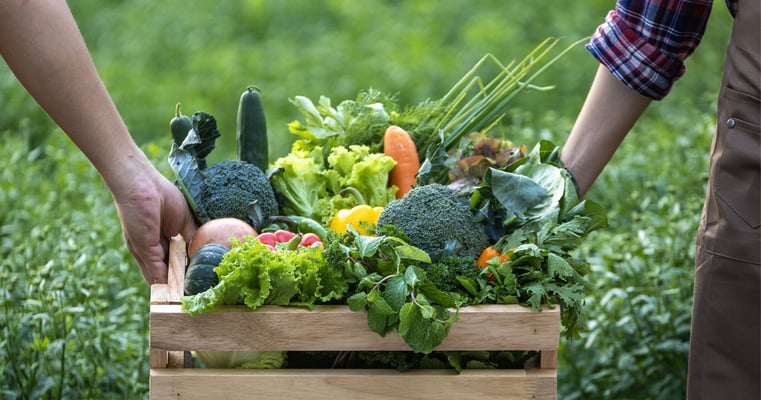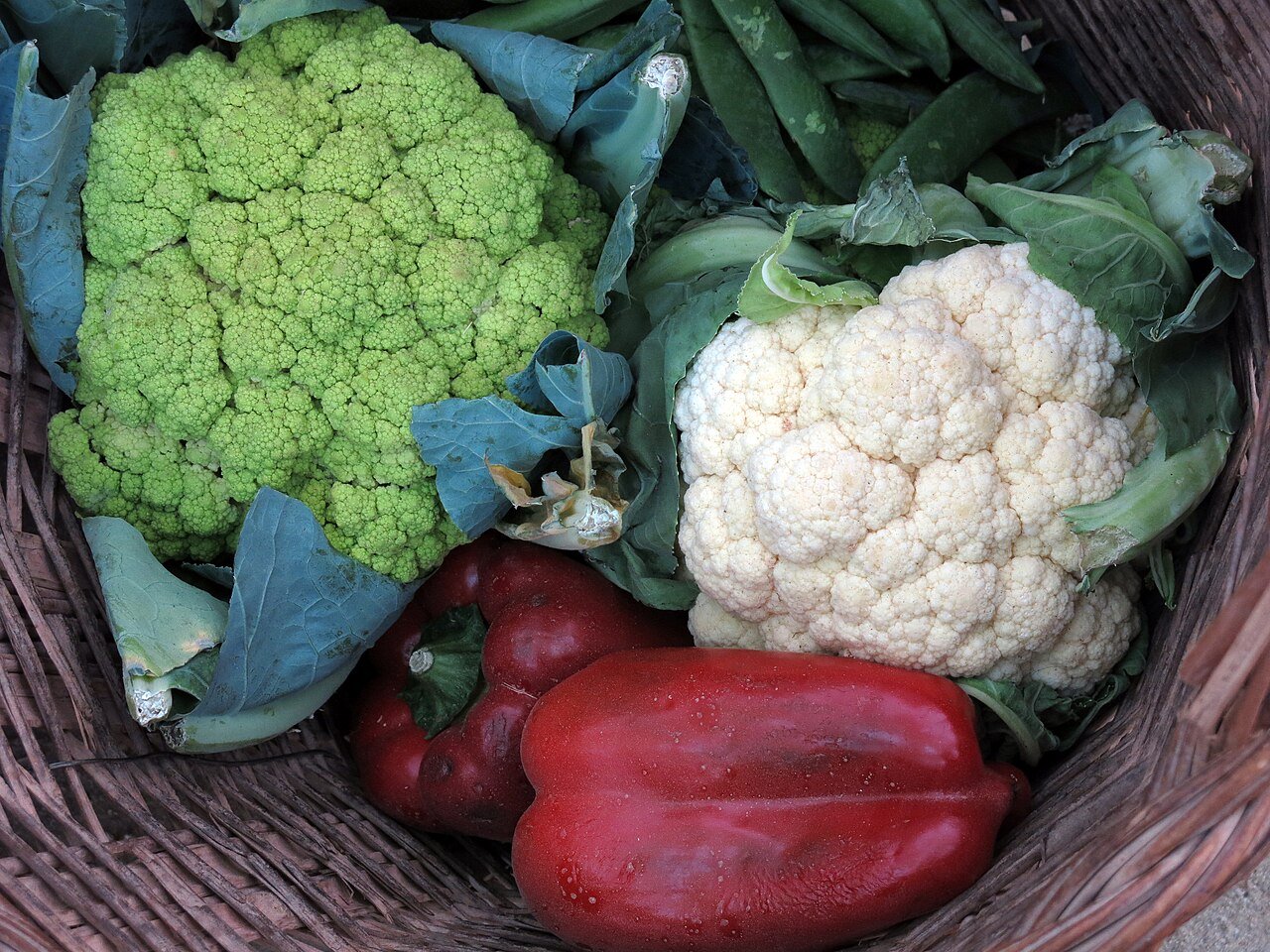Nourish Through the Seasons
When the leaves start to change color and the air turns crisp, you can practically smell the pumpkin spice lattes brewing. But after that first snowfall, that craving changes to peppermint. And the thought of drinking a hot peppermint latte in the summer? Quite terrible.
Our coffee taste buds are not the only ones that ‘change’ throughout the year. There is a reason we crave different foods and drinks during different seasons. Seasonal eating is not a new concept. In fact, it’s all our ancestors did.
Don’t get me wrong, our ancestors did not switch out their pumpkin spice lattes for peppermint ones. But they were only eating the foods available to them - the ones they could grow themselves depending on the season.
What is seasonal eating? Seasonal eating is a concept of focusing our diet on the foods that are in their peak growing season. Eating this way can help the environment, help your wallet, and can help you ‘shop local.’ This also has nutritional benefits because local, fresh foods tend to have a higher nutrient content than those that are shipped from far away. Seasonal eating also involves eating foods that are the most nourishing based on what you need in that season. For example, during winter months when colds run rampant, eating more foods with vitamin C can help give your immune system a boost. These two concepts, eating foods in their growing season and eating nutrients you need in that season, typically align.
Warming foods in the winter. Imagine a hot 90-degree summer day. You’re enjoying lunch on the sunny patio of a local restaurant. From the server, you order a nice bowl of hearty, tasty, hot soup. Sounds disgusting, right? The actual temperature of the dish isn’t the only thing that makes this meal sound off-putting on a warm summer day. Typically, ingredients in soups are not just temperature hot but also considered a warming food to the body. This means they may help improve circulation and digestion, which in turn warms the body.
Craving soups and pumpkin spice as the air gets chillier makes sense. Pumpkin spice is made up of ginger, cinnamon, clove, nutmeg, and allspice, which are all considered warming herbs. So, all that cinnamon and pumpkin spice you’ve been adding to your diet can actually keep you warm and cozy – from the inside!
Cooling foods in the summer. Craving fresh salads, smoothies, and vibrant fruits and vegetables as the outside temperature heats up again makes sense! The summer is when these foods grow. They are also considered cooling foods, which promote hydration, support digestion, and can even encourage sweating to help you cool down. You’re more likely to crave these foods in the warmer months, which also happen to be the months these foods grow in.
Warming foods for the winter:
- Complex carbohydrates
- Bananas
- Winter squash, pumpkin, sweet potatoes
- Ginger
- Chili peppers
- Cumin
- Soups
Cooling foods for the summer:
- Water rich vegetables – cucumbers, celery, zucchini, radish
- Berries
- Tomatoes
- Tropical fruits
- Melons
- Kefir and yogurt
- Lavender, lemongrass, aloe
Seasonal eating doesn’t have to be complicated. Typically, seasonal produce will be the best priced items at your grocery store, and they’ll look the freshest. Go for these items. Listen to your body. It might already be telling you what nutrients it needs the most.
Lila Tully, CHES
Health Education Specialist, ViaroHealth
For questions or comments, contact wellness@viarohealth.com.



